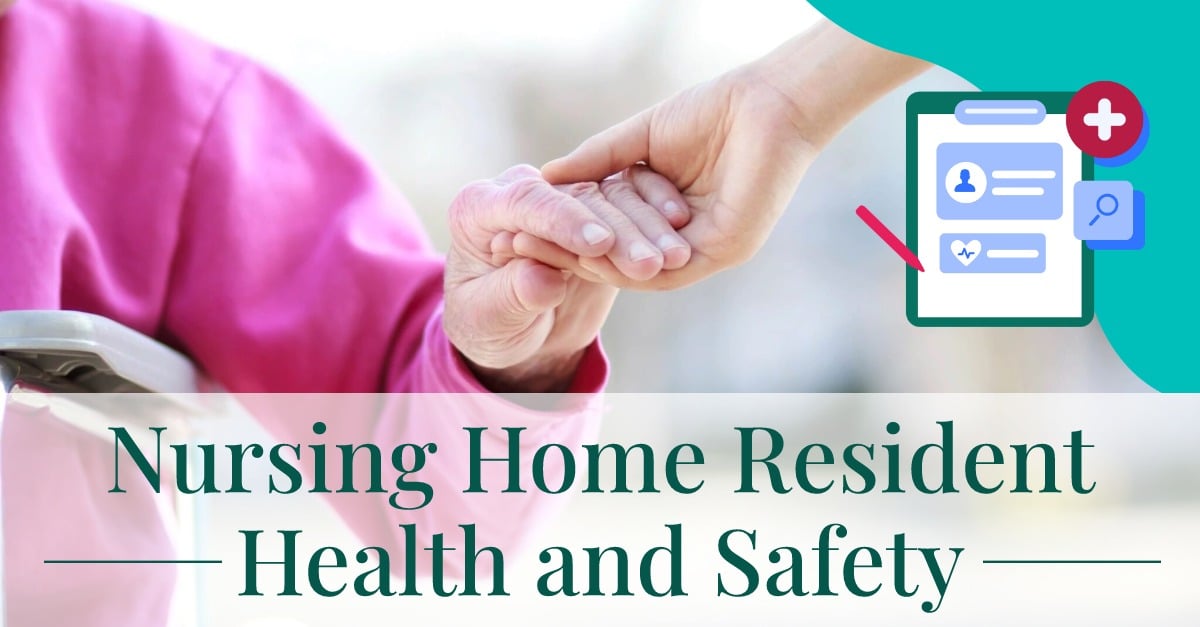As baby boomers enter their golden years, more of them will require extra care. Some may be able to get the care they need at home from a family member or in the form of hired help. Many will need to move into long-term care facilities, such as nursing homes, to get the level of care they need. This can bring extra costs and concerns about the Nursing Home resident’s health and safety. In addition to the growing costs of living in a long-term care facility, there is the concern that your loved one will not get the quality of care you imagined.
Health and Safety
According to a statement released by The White House on February 28, 2022, private equity firms have been buying struggling nursing homes, leading to a general decline in residents’ care. Between 2000 and 2018, investments in nursing homes by private equity firms increased from $5 billion to over $100 billion. Recent research has found that resident care and health are significantly worse in nursing homes owned by private equity firms.
A recent study of nursing homes that private equity firms acquired found that residents were 11.1% more likely to have preventable emergency department visits and 8.7% more likely to experience a preventable hospitalization than residents of for-profit nursing homes not owned by private equity firms. Additionally, COVID-19 infection rates were 30% above statewide averages, and the death rate was 40% above statewide averages in private equity-owned nursing homes.
The Biden-Harris Administration has tasked the Department of Health & Human Services (HHS) through its Centers for Medicare & Medicaid Services (CMS) with improving the quality and safety of nursing homes. This effort is directed at protecting vulnerable residents and the health care professionals who care for them and cracking down on bad actors. CMS is launching new initiatives to help ensure nursing home residents get the quality care they need. These initiatives include establishing a minimum nursing home staffing requirement, reducing resident room crowding, and reinforcing safeguards against unnecessary medications and treatments.
Cost of Long-term Care
Baby boomers will start to enter their 80s in 2025, increasing the number of people needing extra support and services, including long-term care. According to estimates from the CMS, the number of people requiring long-term care will double by 2050.
In a 2019 survey, the insurance company Genworth found that the average annual cost of a private room in a nursing home was $102,000. The Insured Retirement Institute has discovered that 45% of baby boomers have no retirement savings, and more than a quarter of those who have some retirement savings have less than $100,000.
These statistics paint a bleak picture for those who are hoping to live their later years in comfort. Due in part to the high cost of professional health care and support services, most long-term care is provided by close family members, such as spouses and children. Often, though, there comes a point when the person being cared for needs a level of care that their family members are unable to provide.
Paying for Long-term Care
Once someone needs professional care, either in their home or at a long-term care facility, the cost of care increases dramatically. Finding a way to pay for this type of long-term care can be a stressful and confusing process. The earlier the process is started, the better chance one has of preserving assets for their loved ones.
Attorneys who are experienced in estate planning and elder law help clients navigate the often complex process of planning for long-term care. There are many ways to adequately prepare for long-term care while saving assets for heirs. Reach out to an estate planning or elder law attorney in your area to start the long-term care planning process. Give us a call at (207)848-5600 or check out our CONTACT page for more ways to reach us.




